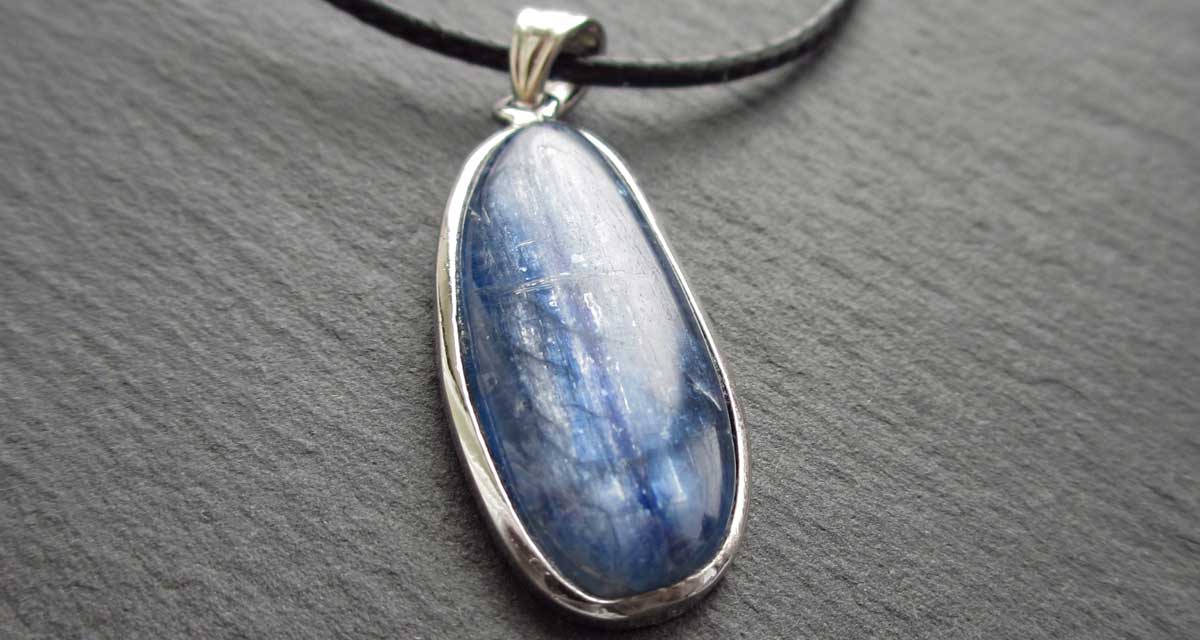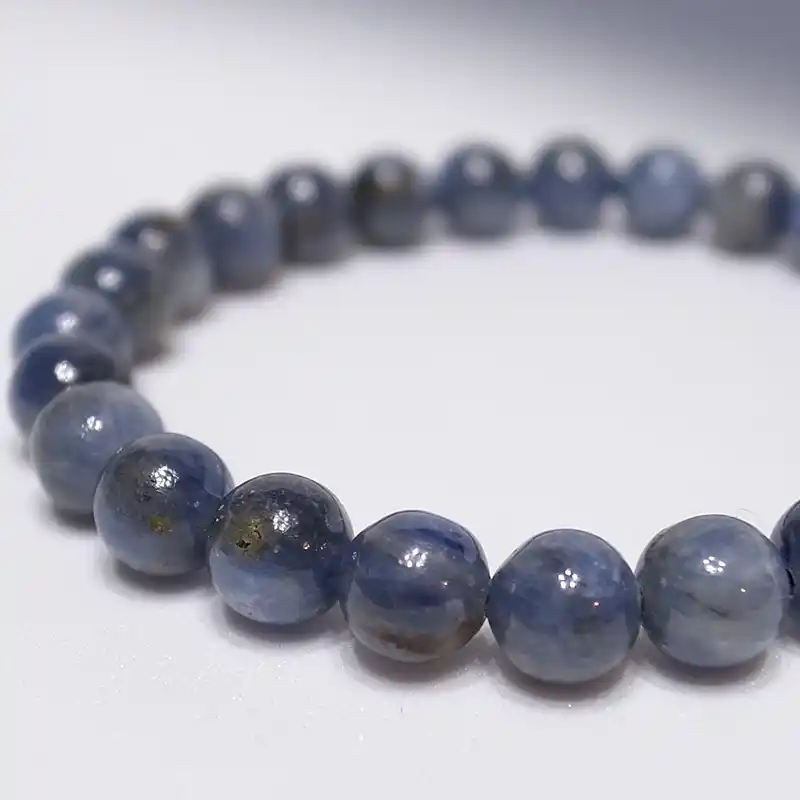Exploring Kyanite
Characteristics, History, Meaning, and Effects

Kyanite is an aluminum silicate mineral known for its distinctive blue color. This article offers an in-depth explanation of kyanite's meanings and effects, as well as its characteristics, origins, and history. By deepening your knowledge of this enchanting crystal, we hope you can better understand and utilize it.
What is Kyanite?
Mineral Data
- English Name
- Kyanite
- Category
- Aluminum Silicate Mineral
- Chemical Formula
- Al2SiO5
- Crystal System
- Triclinic
- Colors
- Blue, gray, white, green
- Main Locations
- Brazil, Nepal, Switzerland, Austria, United States
- Cleavage
- Perfect {100}, good {010}
- Fracture
- Uneven
- Mohs Hardness
- 4.5-5 (parallel to the axis)
6.5-7 (perpendicular to the axis) - Luster
- Pearly
- Streak
- White
- Transparency
- Transparent to translucent
- Specific Gravity
- 3.5 - 3.7
About the Color and Appearance
Kyanite is usually blue, ranging from light to dark shades. It can also appear gray, white, and occasionally green or orange. It forms blade-like crystals, highly valued by collectors, especially when well-formed.
About the Origin
Kyanite is found in aluminum-rich metamorphic and sedimentary rocks worldwide, including in Brazil, Nepal, Switzerland, Austria, and the United States.
About the Physical Properties
Kyanite exhibits strong anisotropy, meaning its hardness varies with crystallographic direction. It ranges from 4.5-5 (parallel to the axis) to 6.5-7 (perpendicular to the axis), being easily scratched along the longer axis but resistant perpendicular to it.
Historical Background of Kyanite
The name 'Kyanite' originates from the ancient Greek 'κύανος' (kyanos), meaning 'deep blue'. This mineral was previously known as 'Disthene' and 'Cyanite'.
Images of Natural Kyanite



While kyanite beads can be dyed or treated to enhance color, the beads used here are natural and untreated. It's important to choose naturally colored beads, especially for bracelets that come into direct contact with skin.
Meanings and Effects of Kyanite
Cultural Beliefs
Traditionally, kyanite has been used to facilitate smooth communication, especially in negotiations, diplomatic missions, and mediation among discordant individuals. It is also believed to enhance the power of speaking truth and promoting self-expression.
Metaphysical Aspects
Kyanite is widely used for metaphysical purposes, as its energy is effective in purifying and clearing other crystals. It is also believed to instantly align all chakras and subtle bodies, bringing calmness and tranquility.
Conclusion
Kyanite captivates many with its beautiful blue color and physical properties. With proper care, it can be a long-cherished item.
Meanings and Effects of Kyanite
- Enhancing Communication
- Harmony and Tranquility
- Mental Balance
Recommended For
- Those seeking to improve communication skills
- Individuals seeking peace and harmony
- Those interested in mental growth
Symbolism of Kyanite
- Communication and Understanding
- Peace and Harmony
- Mental Growth and Self-Discovery
- Courage to Speak Truth
Disclaimer
- *This article is based on general information about kyanite. The effects of crystals can vary from person to person.
